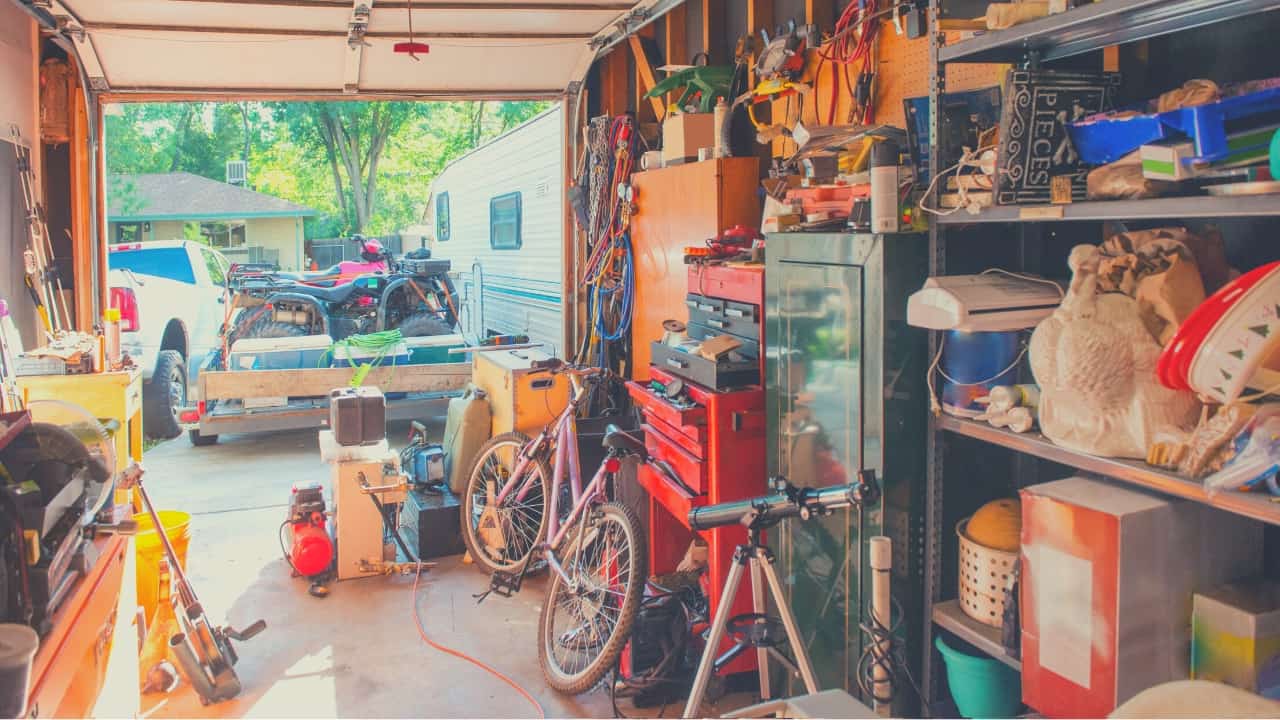
Garage Doors and Parts – How Cluttered Garages Begin often stems from the innocent habit of picking up one extra tool at a time. Homeowners tend to buy new screwdrivers, hammers, or extension cords whenever something gets misplaced or broken. Eventually, these items pile up without notice. When the garage becomes the default storage area, it evolves from a workspace into a crowded dumping ground. Wall hooks go unused, shelves overflow, and floor space disappears beneath heaps of unused gear.
This accumulation rarely feels like a problem until access becomes difficult or a specific tool cannot be located. In many homes, dozens of similar tools lie scattered in drawers, boxes, and corners. The original intention to stay organized gets buried under layers of clutter. Without regular sorting and intentional design, what begins as a convenient system becomes a chaotic maze. Over time, this disorganization can even create safety hazards, as tools are left scattered and cords tangled across walking paths.
Many homeowners feel comfort in knowing they are fully prepared for any home repair or creative task. This feeling often drives the over-accumulation of tools, especially when impulse buys are added to growing collections. Tools represent independence and capability, so parting with them can feel like losing potential. Fear of needing an item later encourages keeping duplicates or broken ones.
Some tools are kept for sentimental reasons, such as hand-me-downs from a parent or relics from an old job. Marketing also plays a role by promoting tool kits that offer twenty variations of the same function. These psychological factors make it difficult to notice when the garage is no longer a practical space but a cluttered warehouse. Even as clutter builds, people hesitate to let go of anything that seems useful. Without intervention, the desire to be ready for everything eventually replaces the need for space, comfort, and efficiency in the garage environment.
“Read about: VEVOR Torsion Springs Pair: Reliable Lift for Heavy Garage Doors”
Poor layout and a lack of clear zones contribute heavily to tool-related garage clutter. Many homeowners fail to assign specific areas for types of tools or categories of use. Items are left in random spots or tucked into bins without labels. Vertical storage options like pegboards or slat walls often remain unused, even though they offer easy visibility and access. Floor space becomes the default dumping ground when shelving is inadequate or poorly installed. Without modular systems in place, the garage cannot adapt to growing tool collections or changing household needs. In many homes, the car is left parked outside because the garage is too full to function. Opportunities for order are missed not because of laziness but due to a lack of planning. Tools accumulate, but systems to house them do not. When people skip the design phase, even expensive storage solutions fail to deliver lasting organization or satisfaction.
Reducing tool clutter does not mean sacrificing preparedness or convenience. The first step is sorting tools by function and frequency of use. Everyday tools like screwdrivers and pliers should be kept in accessible areas, while rarely used items can be stored higher or deeper in cabinets. Labeling drawers and bins saves time and prevents duplication.
Pegboards help keep essential tools visible and within reach, while stackable bins manage smaller items like fasteners or bits. A single rolling tool cart can replace multiple toolboxes and makes it easier to stay organized. Periodic reviews should be scheduled to reassess what is actually used. Items that have not been touched in over a year are likely not needed. Donation centers and tool libraries offer options for rehoming extras. These methods allow garages to function as both storage and workspace. With a bit of structure and routine, even small spaces can stay tidy and functional year-round.
An organized garage brings both immediate and lasting benefits to homeowners. Safety improves significantly when tools are stored properly and walkways are kept clear. Projects become more efficient because everything is easy to locate. The mental load of navigating clutter vanishes, creating a space that feels open and welcoming rather than overwhelming. Well-kept tools last longer because they are less likely to be damaged or lost. The garage regains its role as a multi-use area—whether for parking, hobbies, or extra storage. Families gain back usable square footage without costly renovations. Seasonal items can be accessed without digging through piles of gear. Once systems are in place, maintenance becomes simple and time-saving. Many homeowners find pride in their improved space and enjoy spending time in it again. This transformation does not require large budgets—only consistency, planning, and the willingness to let go of what no longer serves a purpose.
This website uses cookies.